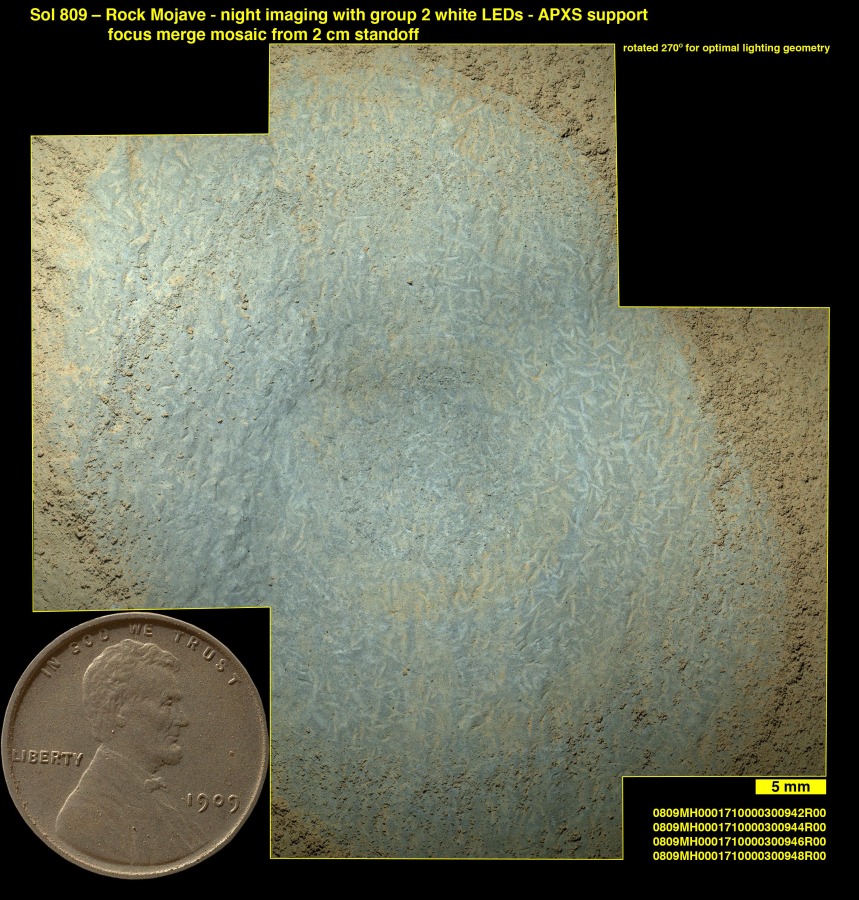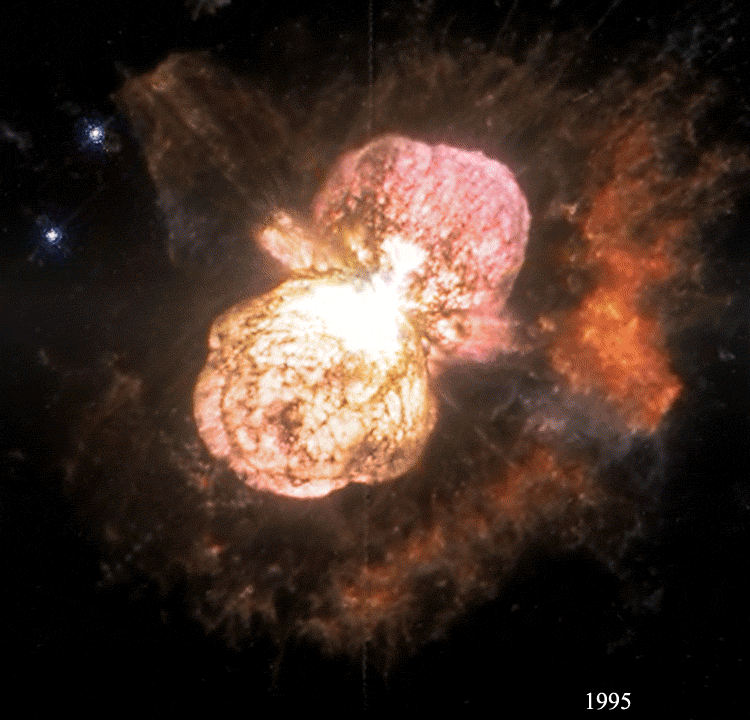
Friday, December 12, 2014
2.6 apod
This picture is a close up of a picture from the MAHLI also known as Mars Hand Lens Imager on the Curiosity Rover.This picture captures elongated crystal shapes formed by precipitation minerals dissolve in water. This is important with our exploration of mars because we must have some form of water to survive. This was likely the result of an ancient lake or riven on the surface of mars. They were found on the pink cliffs of the Pahrump hills on the base of Mount Sharp on mars. The inset of the Lincoln cent provided a scale. Mars dust itself, the penny is a MAHLI calibration target attached to the rover.


2.5 APOD
In this picture you are seeing an expanding nebula. No one is exactly sure what caused this expanding nebula. 170 years ago one of the southern star systems became the second brightest start. years later after ejecting more mass than the sun Etc car faded. This burst created the Homonuculus Nebula. The image we see was taken by Hubble space telescopein 1995, 2001 and 2008. the center is lit by a star. While the regions surrounding the star are expanding gas. the Eta Car still undergoes outbursts. IT mass and volatility make it a supernova candidate sometime in a few million years.


Subscribe to:
Posts (Atom)